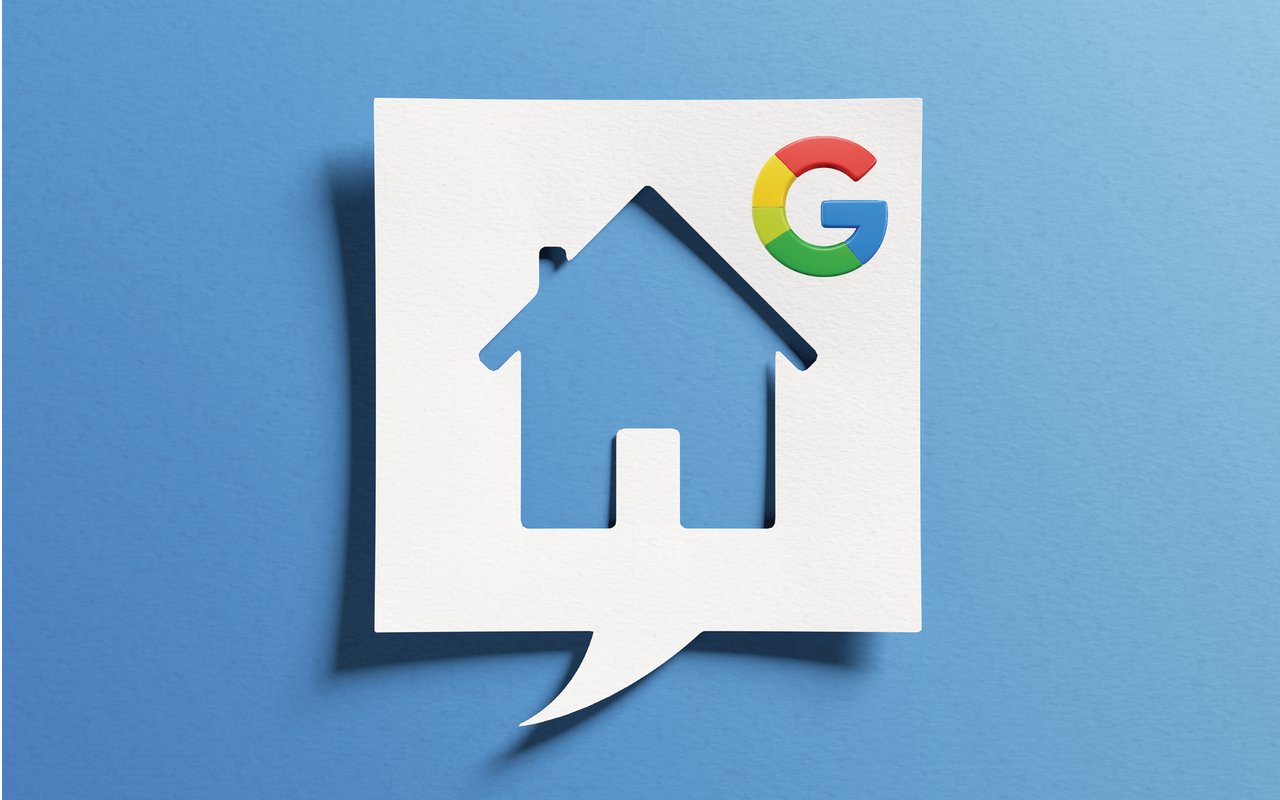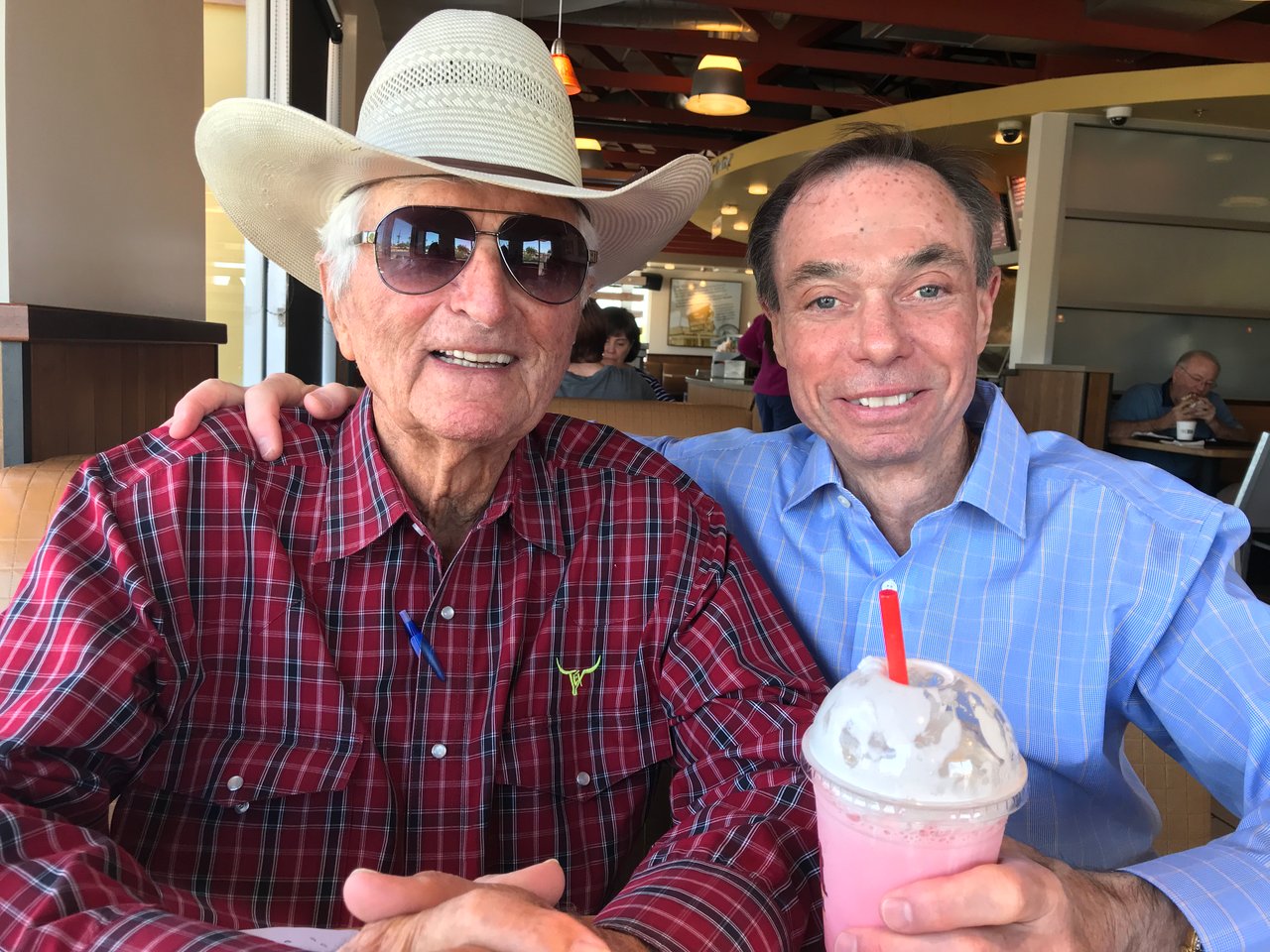Apr 12, 2020
This is meant to encourage thought, not controversy. I expect it will do both.
30% Unemployment, This Quarter?
Published in Bloomberg, March 19:
“Federal Reserve Bank of St. Louis President James Bullard predicted the U.S. unemployment rate may hit 30% in the second quarter because of shutdowns to combat the coronavirus, with an unprecedented 50% drop in gross domestic product.”
Could Bullard be correct? Let’s see.
3 Days
3 days into the second quarter (April 3rd, NY Times):
“The jobless rate today is almost certainly higher than at any point since the Great Depression. We think it’s around 13 percent and rising at a speed unmatched in American history.
The labor market is changing so fast that our official statistics — intended to measure changes over months and years rather than days or weeks — can’t keep up.”
9 Days
9 days into the second quarter (April 9th, Fortune):
“Real unemployment in the U.S. has likely hit 14.7%, the highest level since 1940. We’re likely sitting at the highest level of joblessness since Franklin Roosevelt was president.”
14 Days
Today is Monday, April 13th, almost two weeks into the second quarter.
Unfortunately, I expect that the bad news, unemployment rate, and economic damage will continue to skyrocket this week, with another grim announcement about millions more unemployed. (I hope I’m wrong.)
At the rate we are melting down economically, Bullard’s 30% 2nd quarter unemployment prediction may be low, particularly if we stay shut down through May (catastrophic through June).
Peripheral Damage
Unemployment rates don’t paint the full picture:
- The out-of-work who haven’t filed for unemployment.
- The self-employed who don’t qualify for unemployment.
- The still-employed who took crippling pay cuts.
- The closed businesses that will never reopen (or rehire).
- The increased foreclosures, evictions, and loss of credit.
- The kids who must forego college because their parents can’t afford it.
- The sleepless nights and stressful days are experienced by so many every day.
Government Rescue
Think the government can save us?
I support the Fed doing what it can right now to lessen the pain, but anyone who has studied macroeconomics knows this can’t be sustained.
If pushed too far, government borrowing, spending, and “printing money” will prove more deadly than coronavirus.
It will depress the value of the dollar, making imports (from cars to computers) more expensive, forcing Americans to earn more, live more frugally, and do without.
It will fuel inflation, making domestic goods more expensive. This will result in fewer purchases, decreased business revenue, and further loss of jobs... accelerating the downward spiral.
It will ultimately bankrupt the government (yes, it can happen)... allowing China and others to own us, controlling access to oil, technology, drugs, and essentials we take for granted, threatening our quality of life, perhaps even our freedom.
A Voice for Risk-Life Balance
No doubt, Dr. Fauci is an infectious disease expert with good intentions, trying to save every life he can.
But there is a risk-life balance that somebody needs to be talking about after Dr. Fauci, multiple times a day on TV, tells millions of stressed, scared, unemployed Americans:
- “The virus will set the timetable for going back to work, back to normal.”
- “I don’t think we should ever shake hands ever again, to be honest with you.”
- “This country may never, no never, go back to normal.”
The Sweden Approach
Sweden took a different, “calibrated” approach to coronavirus. It isolated the frail and vulnerable, letting almost everyone else go about life normally. The concept is to let the healthy potentially be exposed to coronavirus (like we do with flu and colds), contract it or not, and develop what is known as “herd immunity.” This is a risk-life approach, balancing quality of life for the many against the potential loss of life for a few. Societies have done this since the beginning of time.
From National Review
This is, in fact, the first time we have quarantined healthy people rather than quarantining the sick and vulnerable. As Fredrik Erixon, the director of the European Centre for International Political Economy in Brussels, wrote in The Spectator (U.K.) last week: “The theory of lockdown, after all, is pretty niche, deeply illiberal — and, until now, untested. It’s not Sweden that’s conducting a mass experiment. It’s everyone else.”
How Long, How Sure?
Let’s say the government forces us to stay home not just through April, but also May (Fauci says possibly June) and self-inflict unimaginable economic and quality of life damage.
Then at some point, when the “curve is flattened” and we are set free, we head out, meeting, greeting, working together, playing together, and joyfully eating together again (in the restaurants able to reopen). Isn’t it likely that coronavirus will begin spreading anew?
If coronavirus goes away in the summer (heat + social distancing), will it return in the fall? Fauci seems to think so. Does that mean we shut down again?
Risk-life Balance
We risk our lives when we drive a car, ride a bike, and fly in a plane, things most of us do.
Some of us (not me) bungee jump, hang glide, and parachute. That’s a higher risk-life balance.
Over 1,250,000 Americans took the highest risk-life balance, sacrificing their lives in wars in the hope that they, and future generations, could remain free both personally and economically.
Nobody knows if Sweden’s approach is the correct risk-life balance.
Nobody knows if shutting down through April, May, or June is the correct risk-life balance.
But somebody needs to get on TV and counterbalance Fauci.
We are only hearing one side, a view without a risk-life balance.
“If you risk nothing, then you risk everything.” — Geena Davis




